First published in ecoHouse Canada
The thermal performance of wall assemblies and insulation products has long been characterized using R-value, a metric which describes thermal resistance. While R-value is useful, it doesn’t tell the whole story about heat flow through building enclosures such as walls and roofs.
Recently, a study byRDH Building Engineering Ltd. h如所示,真实世界的热性能取决于一个大范围的因素,包括温度、年龄、热质量和表面反射率。
Typically,insulation R-valuesare measured at a mean temperature of 24°C [75°F] and a temperature difference of 28°C [50°F], but this doesn’t necessarily match with the temperatures experienced in service. Roofs, for example, can be expected to experience a range of temperatures from -10°C [14°F] to over 80°C [176°F], even in a relatively mild climate.
To assess the impact of temperature on two types of insulation [polyisocyanurate andstone wool], measurements of R-value per inch were made over a range of different temperatures more characteristic of in-service temperatures. As shown in Figure 1 below, these measurements found that the R value of both insulation types change with temperature, with thepolyisocyanurate [polyiso]demonstrating a more significant response.
 |
The polyiso insulation provides close to its rated R-value when measured at 24°C [75°F], but at both lower and higher temperatures the performance decreases dramatically. Importantly, it is at these more extreme temperatures [i.e. farther away from interior temperatures] where the performance of the insulation is most needed, and yet it is at these temperatures where it performs worst.
Notably, the R-value of the polyiso also depends on the age of the insulation. This well-known effect is caused by gasses from the manufacturing process slowly diffusing out of the insulation as it ages, and is commonly captured using the long-term thermal resistance [LTTR] metric, but also exaggerates the effects of temperature.
A recent study by RDH which looked at conventional roofs found that the thermal mass of the insulation, in addition to the assembly itself, can also impact in-service heat flows. Thermal mass stores heat energy and provides a buffering effect. For example, a roof insulated with stone wool takes longer to heat up when exposed to the sun in the morning and longer to cool down in the evening than would a roof insulated with a less thermally massive insulation.
This buffer effect can reduce the temperature difference across enclosure assemblies and reduce in-service heat flows.
与仅考虑额定r值所预测的结果相比,这些由于温度、年龄和热质量而导致的在役性能的变化会显著影响通过建筑围护结构的实际热流。
Exterior Surface Colour
The properties of the insulating materials are not the only factors which affect in-service heat flow through building enclosures. For example, the exterior colour [i.e. solar reflectance] of the surface of an assembly can have a significant impact on the surface temperature, which in turn can impact the amount and direction of heat flow. For example, dark roofs typically absorb more solar energy than do lighter roofs. On a sunny day with 25°C [77°F] ambient air temperature, three adjacent black, grey, and white roof membranes on the same building [see above photo] were measured to have maximum surface temperatures of approximately 75°C, 65°C, and 50°C [167°F, 149°F, and 122°F] respectively.
While typically in cold climates we think of increased R-values as preventing heat loss from the warmer interior to the colder exterior, in some cases R-value can actually prevent potentially beneficial heat gain from a warm surface, such as a roof. The optimal balance of preventing heat loss and allowing heat gains will depend largely on climate, assembly arrangement, and building use. In the future it may be possible to design optimal surface colours [i.e. reflectance] and insulation combinations to minimize building energy consumption, though increased insulation will probably be the best option in most cases.
The Big Picture: Energy
While insulation R-values are important, what really matters is energy consumption. To assess the impact of different roof insulation types on whole building energy performance, energy modelling was conducted of a building with roofs having the rated insulation R-value required by the ASHRAE 90.1-2010 energy standard for each climate zone.
除了额定r值之外,该模型还考虑了石棉和老化的多绝缘体的温度依赖的r值,它们不同的热质量,以及屋顶表面的颜色。如图2所示,该分析展示了这些因素对通过围护结构组件的热流的影响是如何影响建筑能耗的,根据气候的不同,不同的组合可以提供最佳性能。
 |
Overall, as big picture concepts of thermal performance and energy efficiency are addressed, it will become more important to consider the finer points of insulation product and assembly performance as these considerations can impact the energy performance of buildings.
Lorne Ricketts is a Building Science Engineer [EIT] with RDH Building Engineering Ltd. and has significant experience with the thermal performance of building enclosures and insulation products. He was the lead investigator on a recent project by RDH which assessed the thermal performance of conventional roof assemblies and is actively involved with several research and new construction projects.
Image and diagrams courtesy of RDH Engineering LTD.



















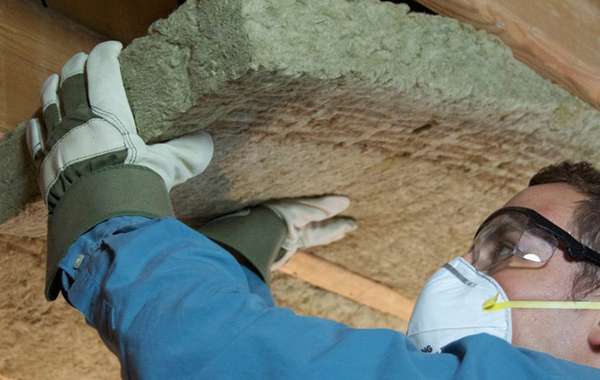
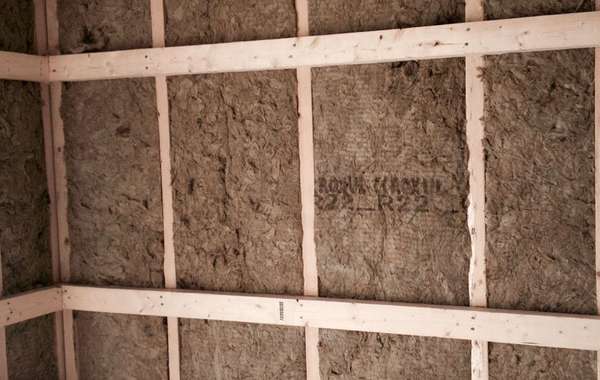
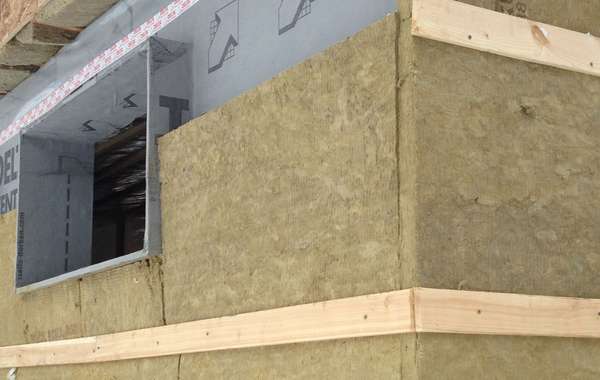
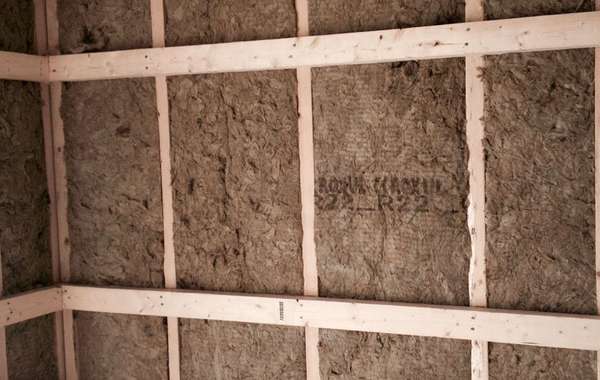
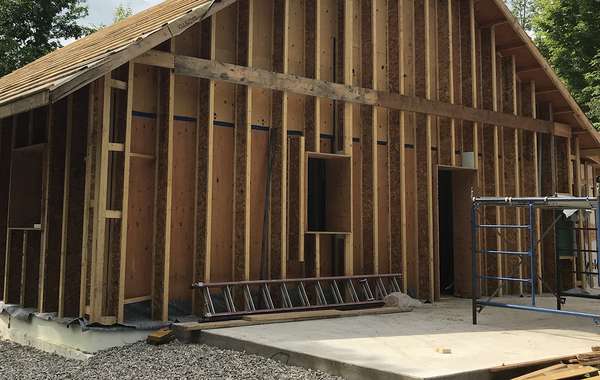
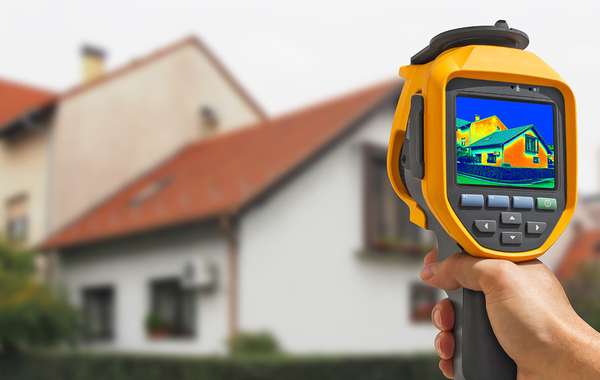
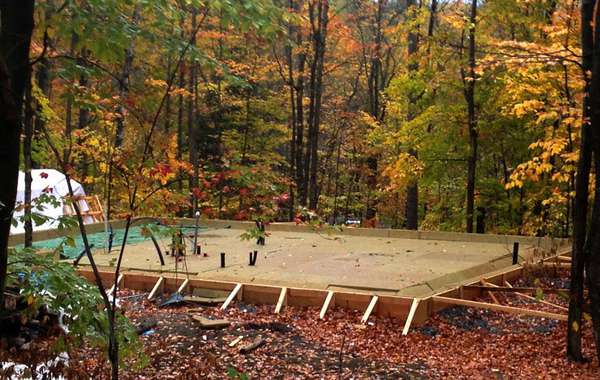
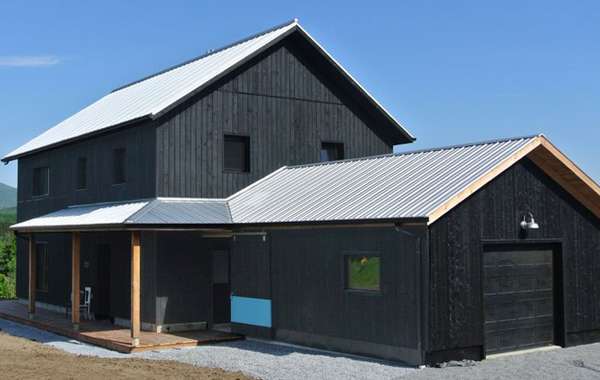
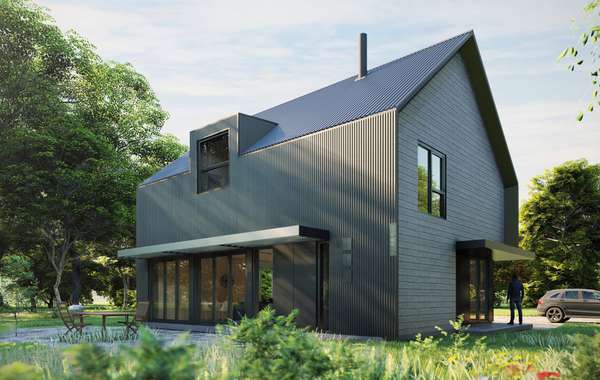
Comments (0)
Sign Up to Comment